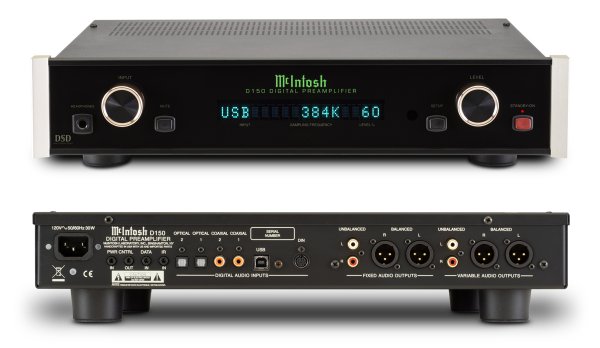So now I'm going to chime in with my thoughts.
For quite some time I've been under the impression that digital simply came with artifacts. Maybe that's still true in a way, but I have a different perspective now. I was so used to hearing the same glare and bite on the same portions of the same tracks for years (and not just on the same DAC) that I thought they were either in the recording/mastering or in my playback chain.
I was also under the impression that digital simply didn't capture enough detail compared to analog, especially micro detail in the decay of cymbals, contact between bow and violin strings, texture on mass strings, etc.
Recently I heard a demonstration of the Magico S7 where the source was digital (dCS in this case) and was amazed at not only how smooth the sound was, but how incredibly detailed it was. Prior to this I thought the strategy for digital was to mask its shortcomings. It was enlightening.
This caused me to investigate improving my digital, even though my digital is used just for convenience and I rely on my LP collection for serious listening. I learned about HQPlayer and how it could be emplyed to bypass the upconversion that my Playback Designs DAC was performing on all PCM files. I started using HQPlayer and also employed a Audioquest Jitterbug USB filter. Then, with Blizzards suggestion to try a cheap streamer I improved it even more. Some amount of artifacts disappeared, but not all.
Now with the NADAC I not only no longer hear the artifacts but much of the glare that I thought was in the recordings is simply not there. Nor is it masked for the overall presentation of this DAC, in my opinion) is on the lean side (or at least very neutral). I hear tons of detail that rivals my analog rig and get very nice, smooth decay on cymbals.
Do I think this is as good as my analog rig? No. My analog rig sounds much richer and has more weight and overall sounds more natural (apart from the surface noise

). Alan and I compared Jarlung's Janaki Trio on LP and DSD 256 a couple times. The detail was similar but the NADAC sounded thinner and I preferred the LP. At the time I was using an Harmonic Technologies RCA cable between my turntable and phono stage that sounds very dry (but precise) and not my usual cable that has a lot more bloom, body and richness. I think the HT RCA cable was the reason Alan wasn't as enamored with my vinyl playback. After listening to digital all morning, we listened to 3 of 4 tracks from a few LPs and even I thought it sounded dry. After he left I switched cables and it totally came to life.
My preference aside, I have been mostly listening to digital this past week and playing with the various settings in HQPlayer. This is the first time I've been able to enjoy a string quartet on digital (or solo violin for that matter) and it's fascinating how the various settings play a big role in the sound output. To some extent, it's like an EQ curve and my latest setting has seemed to increase the body closer to what my brain tells me sounds realistic (although I'm not sure if I've sacrificed some detail). It's almost like rolling tubes.

In summary I think I made a very good investment. I'm not in a financial position to purchase an expensive DAC, but I was able to fire-sale my Playback Designs DAC within an hour of listing it and so the additional investment on my part was very reasonable.


